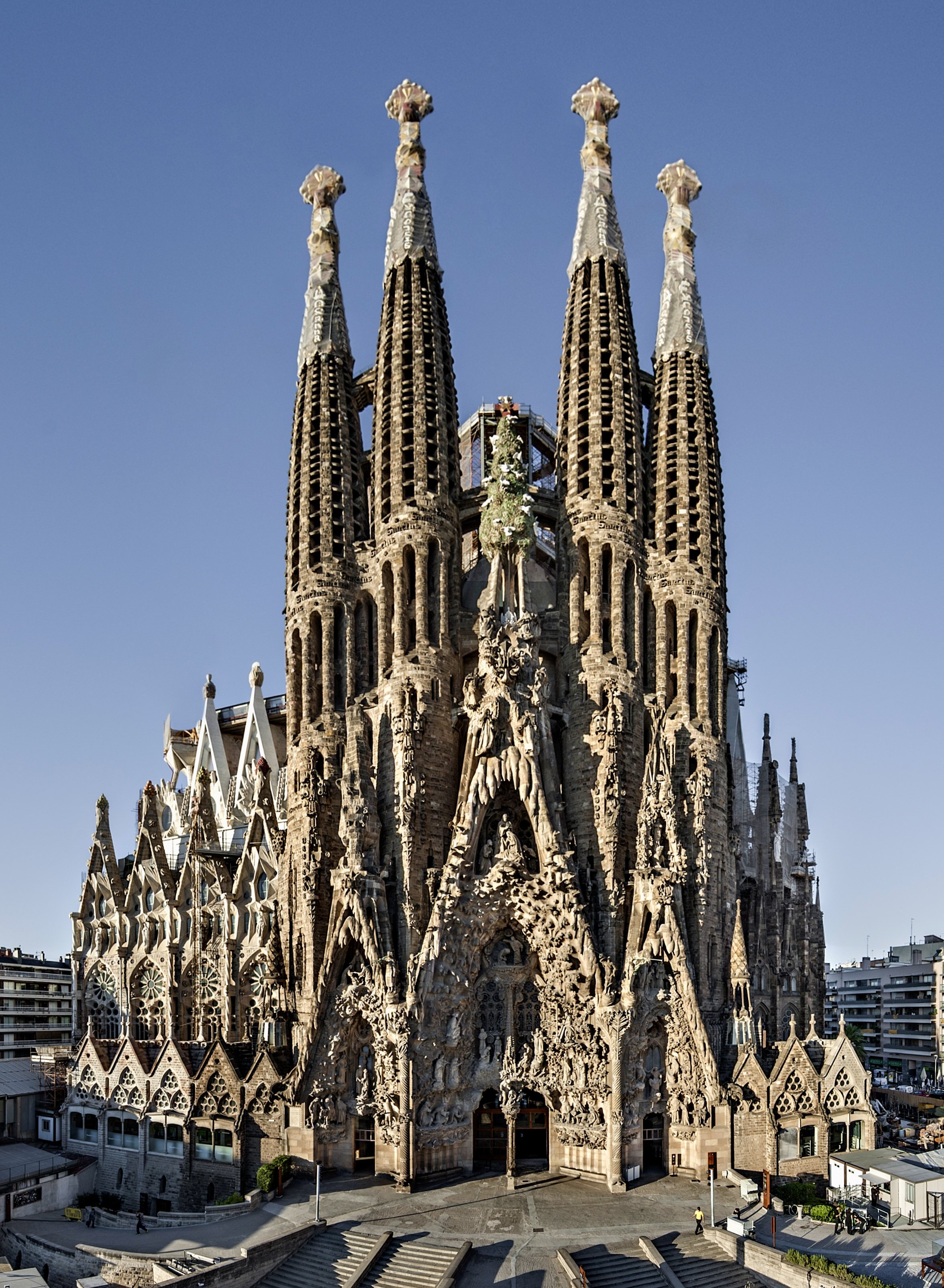🇪🇸map Spain [Overview]

España, known in English as Spain, sits on most of the Iberian Peninsula in southwestern Europe, bordered by France across the Pyrenees and facing both the Atlantic and the Mediterranean. It includes the Balearic Islands in the Mediterranean and the Canary Islands off Africa’s Atlantic coast, adding striking geographic variety to a relatively compact country. Spain’s population is large by European standards and concentrated in vibrant cities like Madrid, Barcelona, Valencia, and Seville, with many smaller towns clustered tightly around lively plazas. Gibraltar at Spain’s southern tip remains a British territory, which adds a unique wrinkle to local history and border life in the region.
Spain is a mosaic of strong regional identities, and you feel it in everyday life. Castilian Spanish is the official language nationwide, but Catalan, Galician, and Basque are co-official in their regions and carry deep cultural pride. You’ll also hear other regional speech varieties, from Valencian to Asturian, reflecting a long history shaped by Romans, Visigoths, and centuries of Mediterranean exchange. Food and social life revolve around the plaza and the market—think fresh olives and fish, crusty bread, legumes, and cured cheeses—while festivals, from village saints’ days to city-wide ferias, keep the calendar full and the streets animated well into the night.
Economy
Spain’s modern economy is driven primarily by services, with tourism, retail, transportation, and a sophisticated hospitality sector employing a large share of the workforce. Industry remains important—especially automotive, food processing, chemicals, and renewable energy—while agriculture contributes signature products like olives and olive oil, wine grapes, and citrus. Natural resources are modest but useful, with fertile agricultural zones, extensive coastlines that support fishing and ports, and ample sun and wind that have pushed Spain to the forefront of European renewable power. For expats and digital nomads, this translates into strong connectivity, a deep bench of service providers, and a steady flow of international visitors that makes English more common in major hubs.
Spain is tightly linked to Europe and the wider world through its EU and Eurozone membership, Schengen area participation, and a dense network of airports, high-speed rail, and container ports. Major cities serve as gateways to Latin America and North Africa, and Spain’s global cultural footprint—from language to football—opens doors across continents. These ties support a thriving trade in goods and services and make it relatively simple for internationally minded professionals to plug into regional markets, especially if they can navigate both Spanish and English.
Culture
Spanish is the dominant language, while Catalan, Galician, and Basque have official status in their home regions and are part of daily life there. The population is largely Spanish by nationality with distinct regional communities, and immigration over recent decades has made the cities noticeably more diverse. The country’s cultural story stretches from Roman foundations and medieval kingdoms to a unifying monarchy and modern democracy, with each layer visible in architecture, cuisine, and local traditions. People take pride in music and dance—from flamenco in Andalusia to folk traditions in the north—and in everyday passions like football, café culture, and long family meals.
Roman Catholicism has historically shaped public life and many customs, though contemporary Spain is broadly secular in practice. National celebrations reflect both civic and religious roots: Constitution Day in December marks the modern democratic era; Epiphany in January brings beloved parades; Holy Week fills cities with solemn processions; and late summer and fall bring exuberant regional festivals and fairs. Whether you’re watching a match in a crowded bar or joining neighbors for a local fiesta, the social fabric is welcoming, and community life is never far from the center of the experience.
Maria
Maria is a bilingual travel writer and immigration consultant originally from Mexico City, with extensive
experience living and working across Latin America. She spent her early career as a journalist covering
cross-border migration and expatriate communities throughout Central and South America. Having personally
navigated complex visa processes in multiple countries including the United States and Spain,
Maria understands firsthand the challenges faced by Latin American professionals seeking international
opportunities.
Published: 2025-05-28